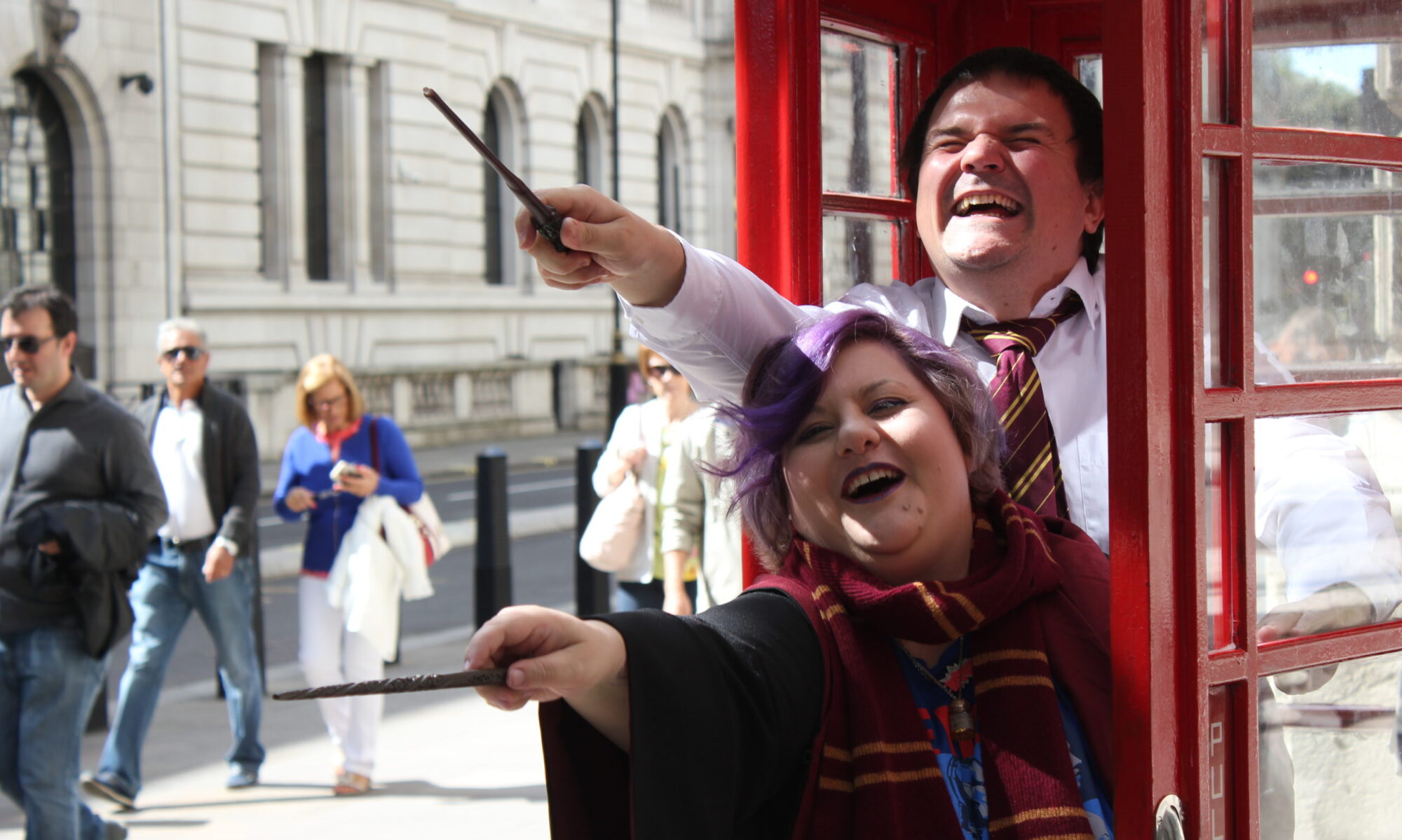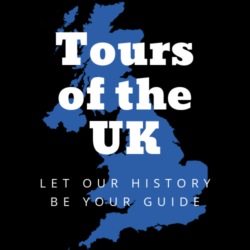We are approaching the 70th anniversary of James Bond as a character in literature. The first James Bond novel, Casino Royale, was published on the 13th of April 1953.
Here are ten facts you may not know about James Bond and his world from the novels and films.
1-James Bond’s Drug Use
Bond’s enjoyment of cigarettes and alcohol is well known, but in the novels, he also uses Benzedrine, which is an amphetamine. Benzedrine was used in inhalers from the 1930s, and in World War 2, it was used to combat fatigue in soldiers, and this is why Bond uses it in the novels. In a number of instances, the drug gives Bond the edge he needs to win.
Bond takes tablets before his final mission in Live and Let Die. He uses the drug to keep sharp during his arduous underwater swim through the coral reef to the island of Surprise.
In the next novel Moonraker, Bond is asked by M to prove that Hugo Drax is cheating at cards. Before the high-stakes bridge game where Bond intends to teach Drax a lesson, he has dinner with M. An envelope is delivered to him which contains Benzedrine and in front of M, Bond mixes Benzedrine with Dom Perignon champagne. As M says, “It’s your funeral.”
Bond also takes Benzedrine in The Spy Who Loved Me. This time with coffee.
The only reference in the films to Bond taking anything other than alcohol is in Skyfall when Silva is looking at Bond’s medical report and reads aloud, “Alcohol and substance abuse indicated”.
2-Bond’s Address
In the novels, Bond’s address is never given, but it’s revealed that he lives in a ground-floor flat in a square off the King’s Road in Chelsea. Bond’s flat is provided by the government, and Bond has an elderly Scottish housekeeper called May Maxwell. May only appears in the novels.
In the films, Bond’s flat has been seen three times, in Dr No, Live and Let Die and Spectre. A number of props from the films feature Bond’s onscreen address, which is 61 Horseferry Road. Horseferry Road is real, but there is no number 61 in real life.
3-The Epidemiological Analysis
A couple of years ago, an amusing paper written by Wouter Graumans, Teun Bousema and Will Stone was published in the journal Travel Medicine and Infectious Disease. The paper covered James Bond’s risk of infections during his travels. The three academics watched all the Eon James Bond films as research. They counted 86 international journeys to 47 countries. In the paper, they go through all the risks in the various locales that Bond encounters, and it’s very entertaining. If you want to read the paper in full you can do so HERE.
4-Before Vauxhall Cross
The SIS (Secret Intelligence Service) moved into their current building at 85 Albert Embankment in 1994. And it was from that point that the public was finally aware of where the British Secret Service headquarters were located, and as it is such a distinct structure, it made sense to include the building in the James Bond films. Before 1994 the locations of the secret service were secret.
Ian Fleming, the creator of James Bond, chose to put his version of the secret service in an office block overlooking Regent’s Park. At the time Fleming was writing his novels, and during the release of the first two Bond films, the SIS was based at 54 Broadway. Then in 1964, they moved to Century House at 100 Westminster Bridge Road, where they were until 1994. It’s hard to imagine Bond or M in this building. In a government report in 1985, it was called “irredeemably insecure” as it was made mostly of glass and had a petrol station at its base. The Daily Telegraph once said that it was “London’s worst-kept secret, known only to every taxi driver, tourist guide and KGB agent”.
5-Bond’s Closest Ally
The character of Bill Tanner is M’s chief of staff and has been played by four actors over eight films. Michael Goodliffe (uncredited) in The Man with the Golden Gun, James Villiers in For Your Eyes Only, Michael Kitchen in Goldeneye and The World Is Not Enough and Rory Kinnear since Quantum of Solace. In the novels, Tanner is a minor character, but unlike in the films, Bond and Tanner are very close. They are friends, often play golf together, and Tanner is Bond’s closest ally in the British secret service. This friendship has never been explored in the films.
6-Moonraker
For fans of the Bond films who want to read the original novels, I would recommend reading them in order starting with Casino Royale. It’s hard to choose a favourite Bond novel, but I love Moonraker, which was the third Bond novel published in 1955. It bears no relation to the 1979 film apart from the name Hugo Drax. It’s the only novel where Bond stays in Britain, and in my view, it’s a blueprint for modern blockbusters. The stakes are raised much higher than in the previous two stories as Bond has to stop the destruction of London with a nuclear weapon. The book also reveals details about Bond’s life when he is not on a mission. The subject matter was heavily researched by Ian Fleming, and it shows. The book was way ahead of its time and in my view could possibly be the first techno-thriller. It’s also a book of its time and plays very strongly on the fears of the 1950’s as it’s about nuclear destruction, attack from above by rockets (the V2 attacks had been 10 years before), communism and the re-emergence of Nazism. And if you think that Bond always gets the girl, well…you will have to read the book. A year after publication there was a BBC radio adaptation of Moonraker broadcast in South Africa. It starred Bob Holness as James Bond. Holness is best remembered these days as the host of the popular quiz show (from the 80′ and 90’s) Blockbuster. Holness wasn’t the first actor to play Bond…
7-Barry Nelson and Casino Royale
The first actor to play James Bond was Barry Nelson in a 1954 television adaptation of Casino Royale. Nelson was a successful and popular character actor in his day and these days is best known for playing Stuart Ullman, the manager of The Overlook Hotel in Stanley Kubrick’s film of The Shining. The television Casino Royale was the third episode of a new American anthology television show called Climax. It was broadcast in the USA on October the 21st 1954. Ian Fleming was paid $1000 for the rights. As James Bond was not yet the well-known character he would become quite a number of liberties were taken with the story. In the episode James Bond is American, Vesper Lynd and Rene Mathis are combined into one character called Valerie Mathis, and Felix Leiter is changed to Clarence Leiter and is working for British Intelligence. The episode is worth watching as a curious period piece and also because Le Chiffre is played by legendary actor Peter Lorre who is the best actor in it. The episode can be watched for free on YouTube.
8- Daddy Bond
In No Time To Die it’s revealed that Bond is a father. But Bond actually fathers a child in the original novels. At the end of the novel of You Only Live Twice, Bond loses his memory and conceives a child with Kissy Suzuki. Bond leaves before Suzuki has a chance to tell him that she is pregnant with his child. Whether Fleming would have explored the fate of this child in future novels, we will never know as Fleming died shortly after publication. The fate of the child was explored in a short story by Rayond Benson called Blast From The Past. In this story Bond has a son from Kissy called…you guessed it, James.
9-Scrambled Eggs’ James Bond’
The recipe for Scrambled Eggs’ James Bond’ is revealed in a short story called 007 In New York. Ian Fleming loved scrambled eggs and it’s his own recipe. It’s not known how often Bond eats this as it involves twelve eggs although the recipe does serve four people. Fleming insists that it is served “on hot buttered toast on individual copper dishes (for appearance only) with pink champagne (Taittinger) and low music.”
10-Coffee Over Tea
James Bond does not like Tea. When he is not drinking alcohol, he drinks coffee. In the novel Goldfinger, Bond says, “I don’t drink Tea. I hate it. It’s mud. Moreover it’s one of the main reasons for the downfall of the British Empire.” In the novel Thunderball, Fleming says of Bond, “Bond loathed and despised tea, that flat, soft, time-wasting opium of the masses.” Bond’s taste usually reflected those of his creator Ian Fleming. Bond drinks coffee a number of times in the books and films. Bond drinks coffee from an American filter machine called a Chemex. In the ’50s, this was the height of sophistication, and most people in Britain had never heard of it and definitely would not own a coffee machine. This shows how much Bond favours coffee over Tea.
Want to know more about James Bond? Why not book our James Bond Walking Tour of London?

